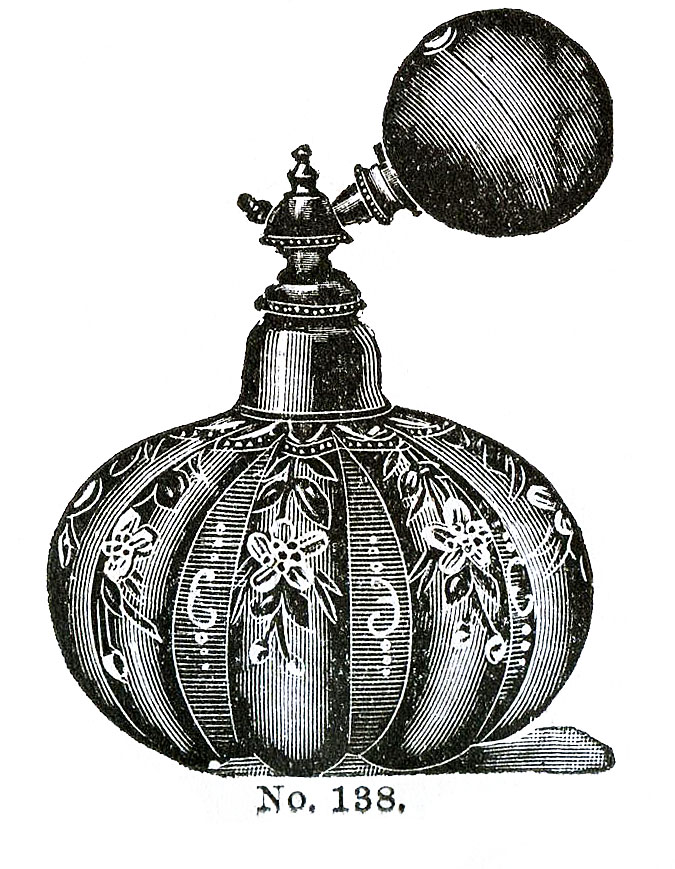 |
| Section of Flounce made of Honiton Lace Photo Credit: The Royal Order of Sartorial Splendor |
Imagine the celebration the village must have thrown when Miss Jane Bidney, a native of Beer, brought the Royal Commission home and hired 200 tailoresses to begin work on the lace required for the Queen’s wedding dress. Working for nine months, these dedicated women made four individual pieces of lace, which featured prominently in the Queen’s wedding attire in 1840. {9}
Indeed, it was this exquisite lace that inspired the Queen to choose an ivory-white dress rather than the customary silver for her Royal wedding gown. She felt ivory would prove a more stunning background for the lace. She was most certainly using her position as fashion icon to further the cause of her publicans, a most noble act indeed.
Kay Staniland and Santina Levy, who wrote the book Queen Victoria’s Wedding Dress and Lace, credit design of the pattern the women followed to the influential artist William Dyce, a Pre-Raphaelite painter. {9}
The painter's drawings were used only for Queen Victoria’s gown and were destroyed upon completion of the lace, most likely by Miss Bidney, to ensure that the Queen’s gown would remain one of a kind {58}.
The gown itself, made according to the fashion of the day, was actually quite simple. It featured a bone-seamed bodice with a low, wide neckline and a pointed waist with puffed sleeves terminating just above the elbows. The pleated skirt, made separately of seven widths of Spitalfields silk, measured 25” around the waist and 139” around the hem. {9}
Read Part 5
Read Part 7

No comments:
Post a Comment